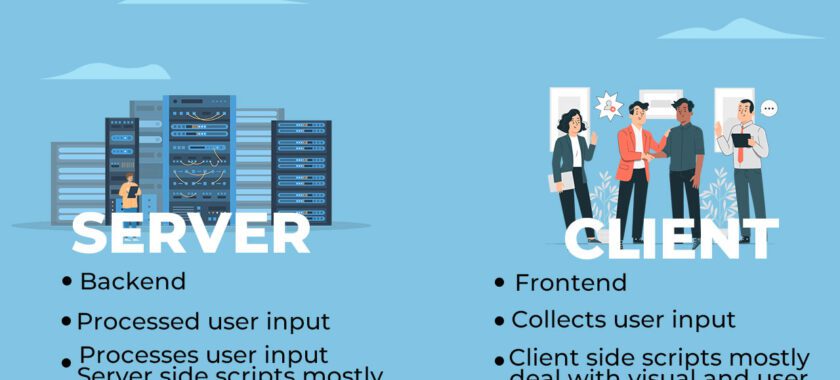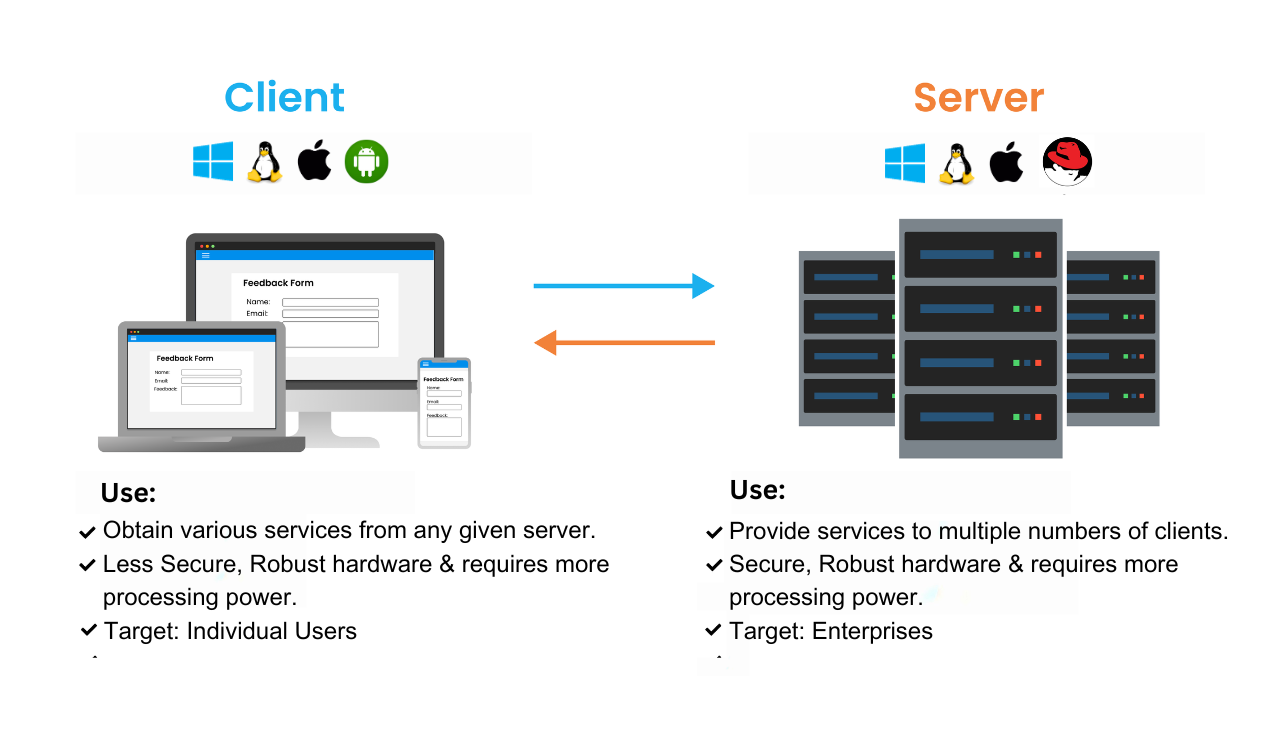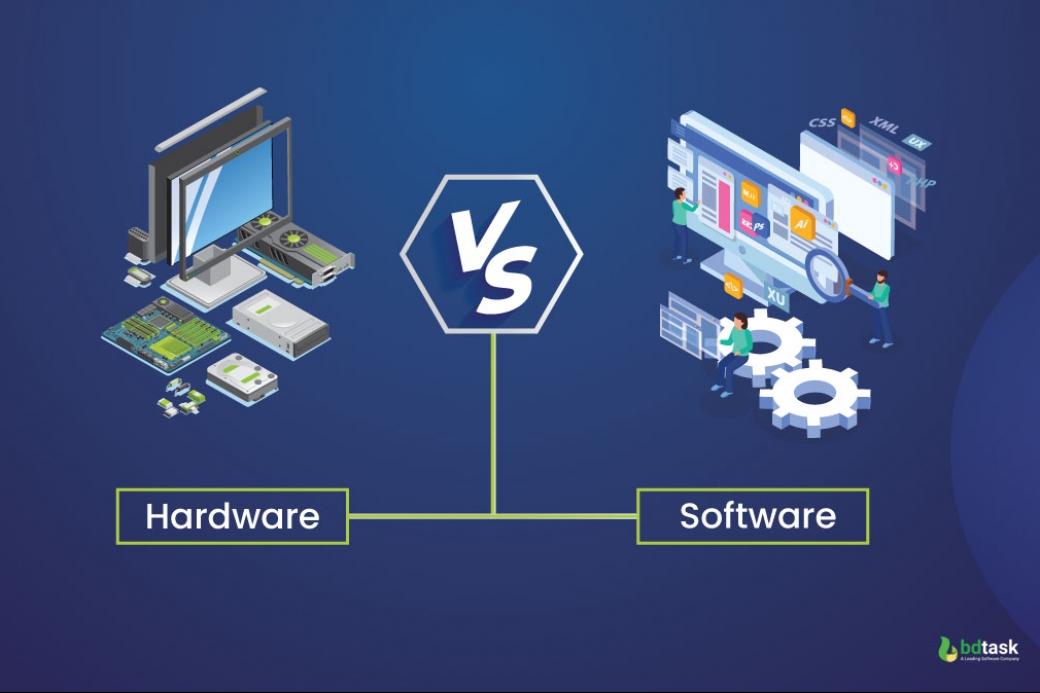
In the intricate world of computing, the relationship of difference between server and client forms the backbone of every interaction. This article unravels the intricacies, differences, and unique roles of servers and clients, providing a comprehensive understanding of their dynamic interplay.

Servers, the silent powerhouses of computing, serve as central repositories for data, applications, and resources. Demystifying Servers: The Command Centers of Computing delves into the multifaceted functions and significance of servers in a networked environment.
On the other end of the spectrum, clients are the end-users, leveraging the services and resources provided by servers. Client Chronicles: Navigating the User’s Experience sheds light on the client’s role and how it interacts with servers to fulfill user needs.
While both servers and clients facilitate data exchange, their functions diverge significantly. Functionality Unveiled: Key Differences Between Servers and Clients dissects the distinct tasks each entity performs, highlighting their complementary nature.
Communication is key in the server-client relationship, and various protocols govern this interaction. Speaking the Language: Communication Protocols in Server-Client Dynamics explores the methods employed for seamless information exchange.

Servers and clients differ not only in function but also in their hardware and software configurations. Inside Out: Navigating the Hardware and Software Realm of Servers and Clients provides insights into the unique components that define each entity.
As demands fluctuate, scalability and performance become crucial considerations. Scaling Heights: How Servers and Clients Respond to Demand compares how servers and clients handle the challenges of scaling up or down.
Security is paramount in the digital landscape, and servers and clients have distinct security considerations. Guardians of Data: Security Measures for Servers and Clients outlines the safeguards implemented to protect information on both ends.
To simplify complex concepts, analogies prove invaluable. Analogical Insights: Understanding Servers and Clients in Everyday Terms employs relatable comparisons to enhance comprehension.
Concepts become clearer when applied to real-world scenarios. In Action: Real-World Examples of Server-Client Dynamics demonstrates how these entities work seamlessly in various everyday situations.
The relationship between servers and clients has undergone substantial evolution since its inception. Over the Ages Chronicling the Evolution of Server and Client Technologies offers a historical perspective on the development of these fundamental components, highlighting the significant difference between server and client technologies. This journey through time explores the transformative phases that have shaped the intricate dynamics and functionalities of servers and clients, emphasizing the distinctions that set them apart in the digital landscape.
For individuals navigating the expansive realm of computing, making the crucial decision between diving into server-side or client-side knowledge becomes paramount. Exploring the Difference Between Server and Client Choosing Your Path provides valuable insights to assist those contemplating which aspect of computing to delve into.
In the contemporary digital landscape, servers and clients seamlessly integrate to deliver a cohesive computing experience. Harmony in Diversity: How Servers and Clients Integrate in Modern Computing explores the symbiotic relationship that defines today’s interconnected world.
No system is without challenges, and addressing them is integral to the efficiency of servers and clients. Navigating Challenges: Overcoming Hurdles in Server-Client Dynamics identifies common issues and provides practical solutions.
In conclusion, the server-client relationship is the beating heart of computing, with each entity playing a distinctive role. Their symbiotic connection ensures the smooth functioning of digital interactions, from data storage to end-user experiences.
Leave a Reply